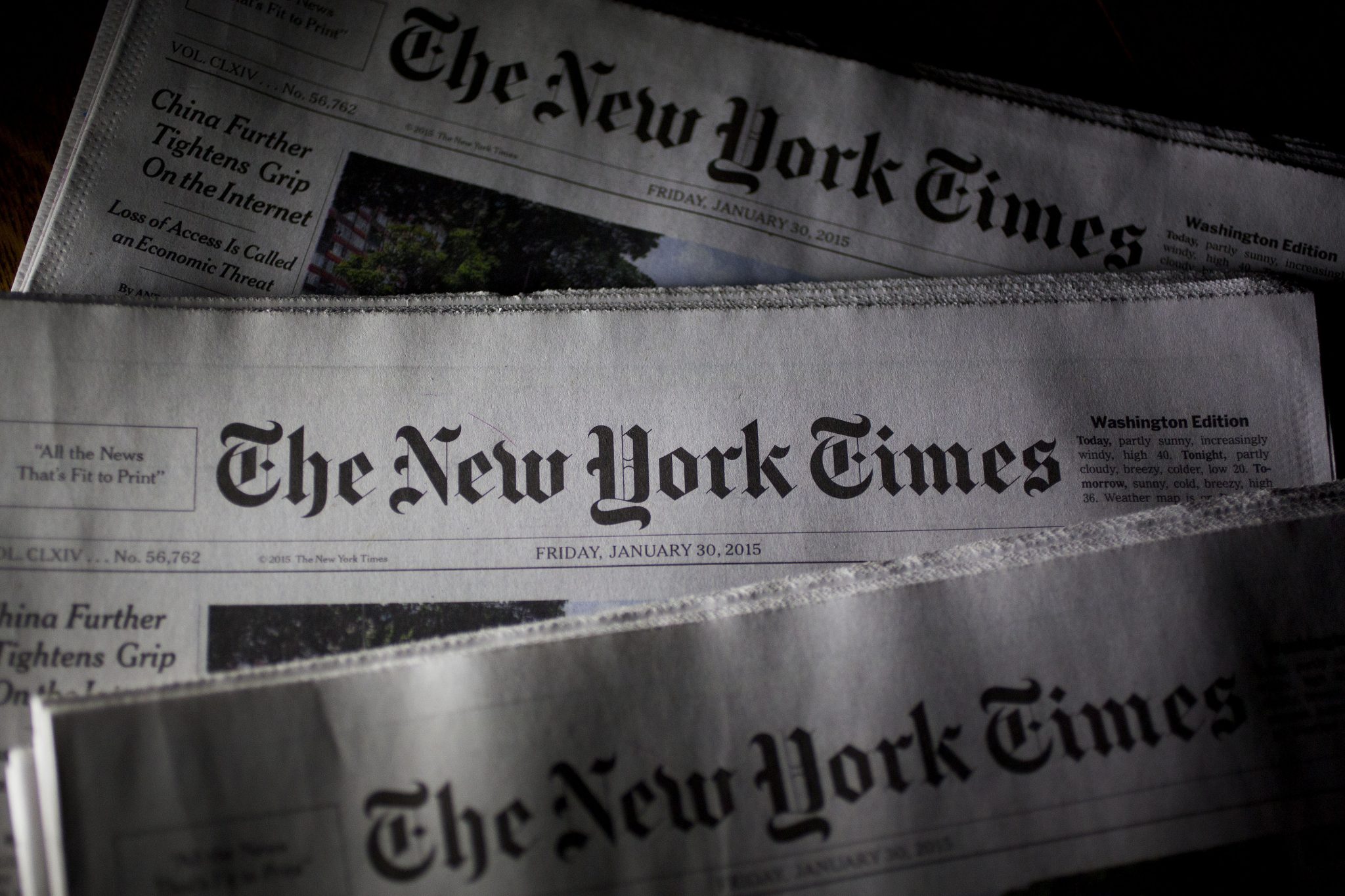
You all are well aware of my concerns with the way Facebook has been going. But I’m here to tell you how happy I am to see the changes that they’ve been making over the last couple of weeks. No, I don’t think I will make my way back to Facebook as I have changed my outlook on life and it’s not something I feel I need now. That said, I am beyond thrilled to see these changes as I think they were not only necessary but also important. What’s happening now? Facebook has decided to change the information that shows up in your News Feed. One of the initiatives from this is to prioritize news from sources that are “trusted, informative, and local”.
What does this mean, exactly? Well, instead of linking to other Facebook accounts or Pages, which aren’t vetted from a journalism perspective, Facebook is now going to give preference to trustworthy news sources. As a result, New York Times stock skyrocketed. Let’s talk about that for a moment, shall we? Immediately after Mark Zuckerberg made the announcement, the New York Times stock landed at $21.90, increasing by about 5%. Stock for 21st Century Fox also increased, however, not to the same extent. That says something, doesn’t it?

The New York Times has also had a really good year. These stock prices are the highest they’ve been since before the recession. Also, they have been riding high following the election of Donald Trump with their digital news subscriptions hitting record growth over the last year. So maybe Trump is doing something good for the economy? I kid.
Getting back to Facebook though, as I see this as the bigger news story. While I’m certainly on board with this initiative, I do have questions about how this is going to play out. Facebook allows the user to decide which news sources they want to see in their news feed. So what if someone wants a news source that is less legitimate? Meaning, what if someone honestly thinks that the information from fake news is actually “real”? How is that going to be addressed? Or will these kinds of news sources not be available to choose from at all?
I also like the idea that they will give you the option to see news from local sources. I follow local news sources on Twitter because I want to know what’s going on in and around my community. This to me, is also a good move, as it fosters the idea of community. I will leave you with Zuckerberg’s Facebook post on this, as I find it to be quite interesting:

Today I’m sharing our second major update this year: to make sure the news you see, while less overall, is high quality. I’ve asked our product teams to make sure we prioritize news that is trustworthy, informative, and local. And we’re starting next week with trusted sources.
There’s too much sensationalism, misinformation and polarization in the world today. Social media enables people to spread information faster than ever before, and if we don’t specifically tackle these problems, then we end up amplifying them. That’s why it’s important that News Feed promotes high quality news that helps build a sense of common ground.
The hard question we’ve struggled with is how to decide what news sources are broadly trusted in a world with so much division. We could try to make that decision ourselves, but that’s not something we’re comfortable with. We considered asking outside experts, which would take the decision out of our hands but would likely not solve the objectivity problem. Or we could ask you — the community — and have your feedback determine the ranking.
We decided that having the community determine which sources are broadly trusted would be most objective. Here’s how this will work. As part of our ongoing quality surveys, we will now ask people whether they’re familiar with a news source and, if so, whether they trust that source. The idea is that some news organizations are only trusted by their readers or watchers, and others are broadly trusted across society even by those who don’t follow them directly. (We eliminate from the sample those who aren’t familiar with a source, so the output is a ratio of those who trust the source to those who are familiar with it.)



![Apple Watch Ultra: The best Apple Watch I do not need [Video]](https://9to5mac.com/wp-content/uploads/sites/6/2026/01/AWU-FI.jpg?quality=82&strip=all&w=1600)